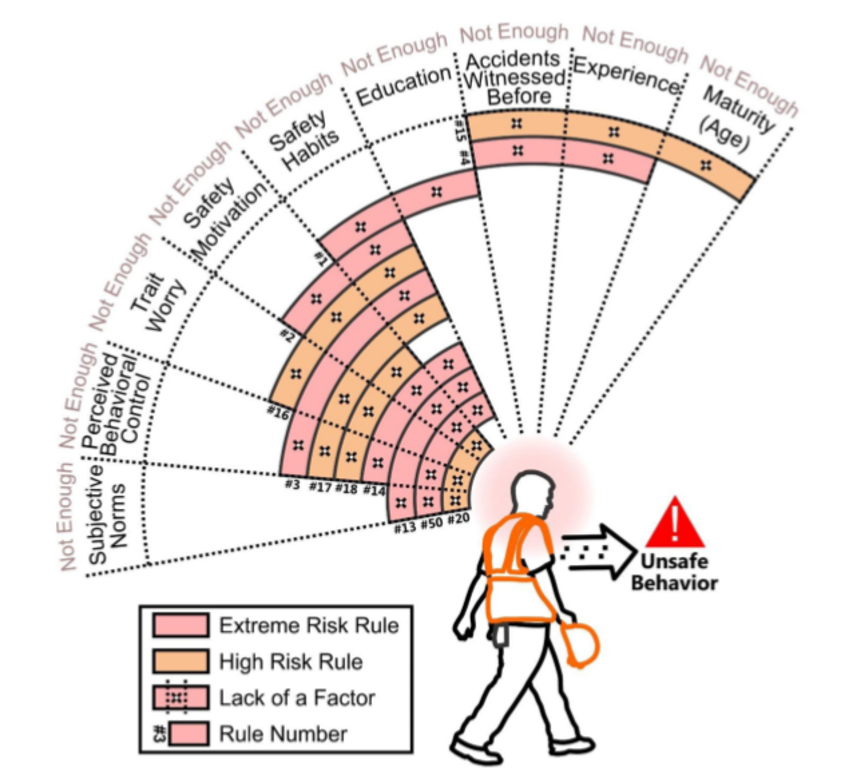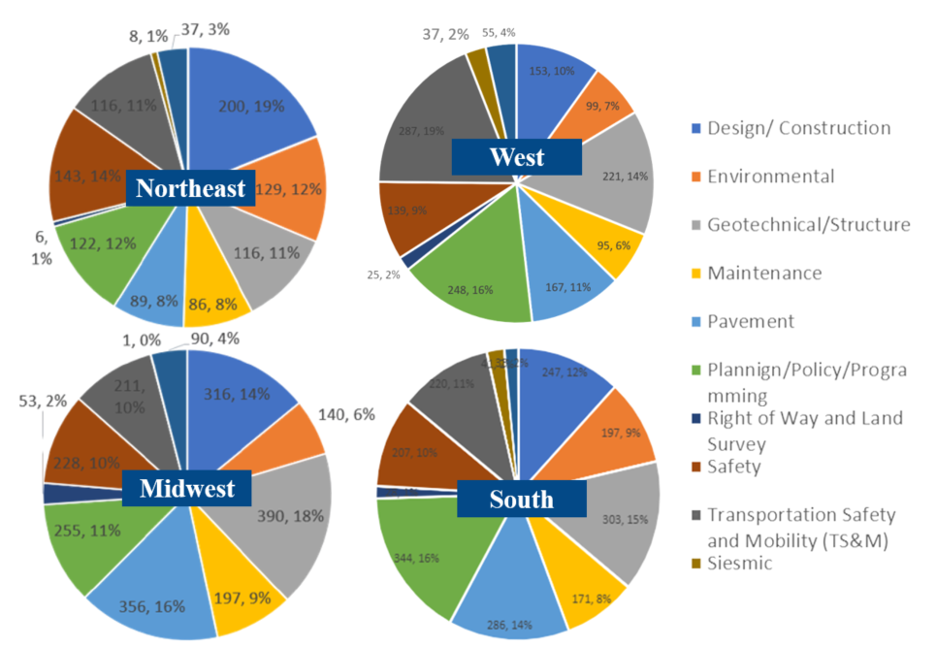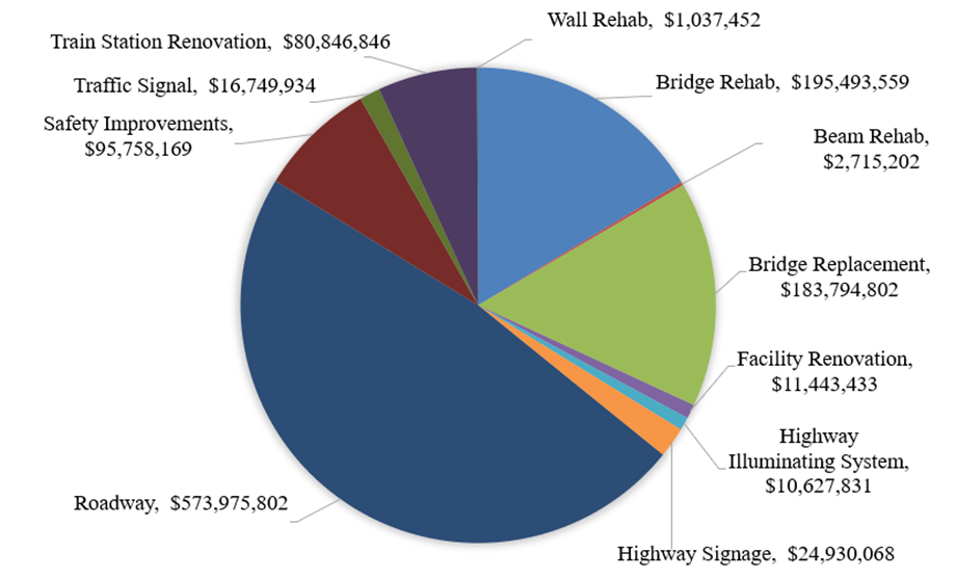Construction Engineering and Management Research
-
Discovering causality patterns of unsafe behavior leading to fall hazards on construction sites

Researcher:
Abe Ardeshir, Practitioner in Residency of Civil EngineeringProject Description:
Unsafe behavior as a direct cause accounts for some 80% of accidents in the construction industry. While numerous studies have investigated the factors that influence unsafe behavior, most of them have approached the problem from a statistical standpoint, which is unable to provide causality patterns of how unsafe behavior forms. This paper illuminates the causality patterns obtained from a series of near-miss fall incidents through a practical study using a video camera system to record and analyze the unsafe behavior of workers. A total of 1347 cases of near-miss incidents were obtained in two weeks. Association Rules method was employed to verify the revealed causality patterns of workers’ unsafe behavior, and a risk matrix was developed based on the indicators of rules to classify workers’ risk level. Results indicate that habits, motivation, perceived behavioral control, and subjective norms are the strongest contributing factors to unsafe behavior. While results introduce a new research perspective on the concept of construction safety behavior, the practical insights gained hereby enable construction managers to better analyze the combined negative effect of causal factors on workers’ safety behavior.Status:
CompletedDissemination:
https://doi.org/10.1080/15623599.2020.1839704 -
Optimizing travel distance of construction workers considering their behavioral uncertainty using fuzzy graph theory
Researcher:
Abe Ardeshir, Practitioner in Residency of Civil EngineeringProject Description:
Travel distance -mostly used in safety and cost objective functions- is the main parameter optimized in construction site layout planning (CSLP) as an optimization problem. While normal CSLP processes assume that every movement at a construction site goes through the particular paths they have assigned, this article presents an innovative method to consider worker behavioral uncertainty (WBU) in whether and how workers follow or deviate from the given paths. In this research, fuzzy graph theory (FGT) helps CSLP consider WBU and shows improved efficiency compared to conventional approaches. The new approach is illustrated in a case study project. The results are affected by WBU in terms of transportation costs and safety risks, but they are still within the range consistent with the literature. Considering WBU through the algorithm presented in this article makes the assumed travel paths more realistic and, thus, CSLP more efficient.Status:
CompletedDissemination:
https://doi.org/10.1016/j.autcon.2021.103574 -
Comprehensive Analysis on Research Publications of State DOT

Advisor:
Byungik Chang, Professor of Civil EngineeringGraduate Student:
Harish Kumar Goud Erukala and Surendra KaparProject Description:
The United States has one of the largest road network in the world, which is managed by the State and federal transportation departments. Roughly 200 billion dollars are spent on the transportation sector each year, with 39% of that amount going toward road infrastructure, indicating the priority given to improve roadway and highway infrastructure.The United States has one of the largest road network in the world, which is managed by the State and federal transportation departments. Roughly 200 billion dollars are spent on the transportation sector each year, with 39% of that amount going toward road infrastructure, indicating the priority given to improve roadway and highway infrastructure.
In this study, we review the papers and publications from every state, classify them by sectors, and evaluate the level of significance that a DOT has given to each topic during the last 10 years. We also discovered a number of characteristics under these research sectors that influence road projects. We made an effort to collect all the information required from each state to identify the DOT's area of interest that requires more focus and determine whether or not research investments are being made in the right areas by examining the weight each state's DOT gives to that particular sector.
Status:
Ongoing -
Risk Analysis of Connecticut Department of Transportation Projects During the COVID-19 Pandemic

Advisor:
Clifford Schexnayder, Eminent Scholar Emeritus, Arizona State University
Byungik Chang, Professor of Civil EngineeringGraduate Student:
Muhammad Rauf ShakerProject Description:
The United States has one of the largest road network in the world, which is managed by the State and federal transportation departments. Roughly 200 billion dollars are spent on the transportation sector each year, with 39% of that amount going toward road infrastructure, indicating the priority given to improve roadway and highway infrastructure.Status:
OngoingDissemination:
ASCE Journal of Practice Periodical on Structural Design and Construction, Under Review